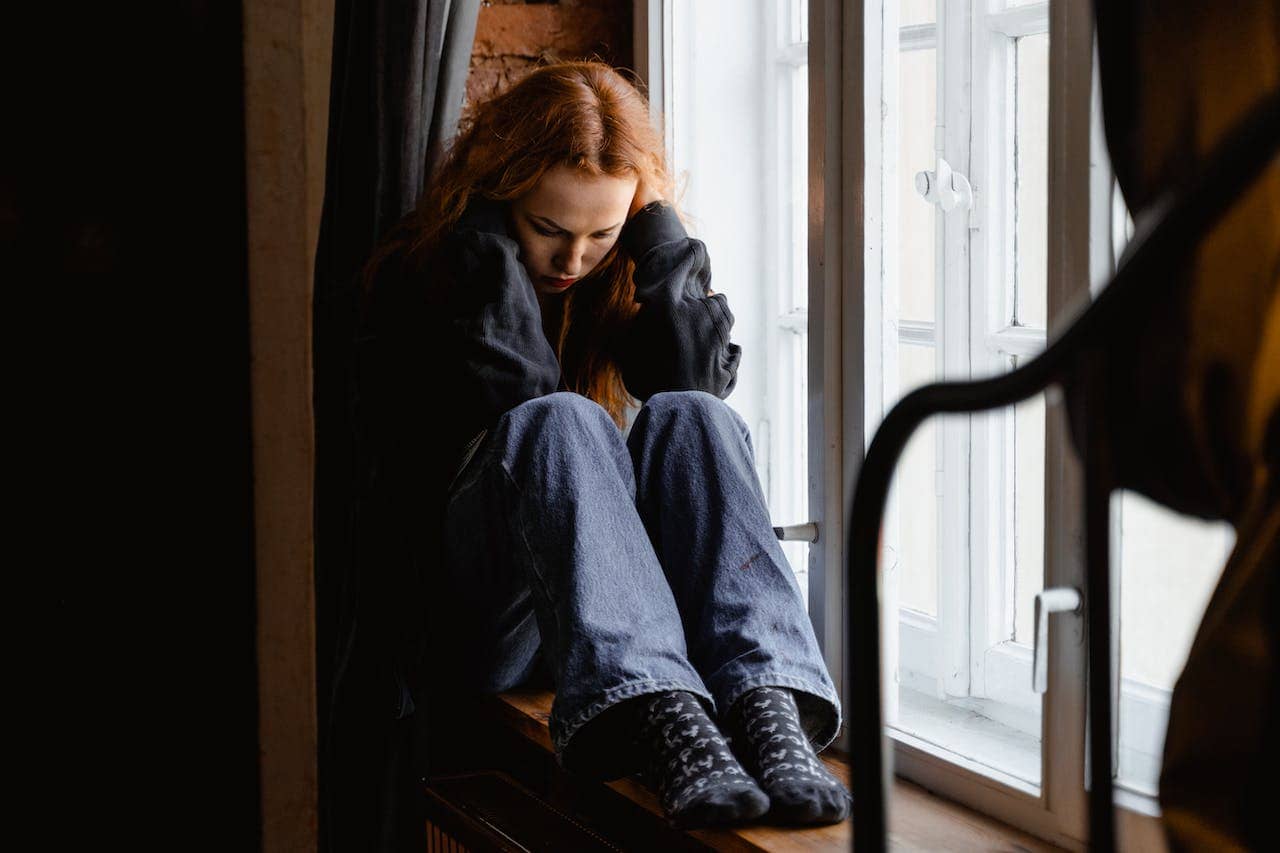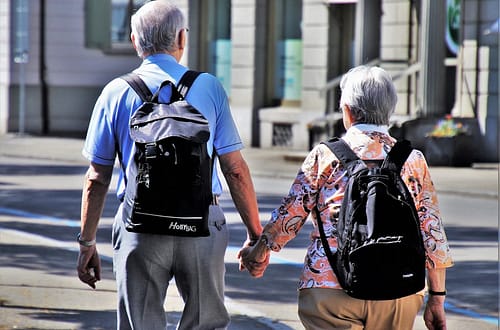Have you ever wondered if someone you know is secretly battling drug addiction? It’s a heartbreaking reality that many individuals face in silence, masking their pain and struggle from those around them. But while they may try to hide it, there are often subtle signs that can give away their silent battle. In this blog post, we will explore some of the key red flags to watch out for when it comes to spotting drug addiction. By being aware of these indicators, we can become more sensitive and supportive allies in helping our loved ones break free from the chains of addiction. If you know someone who has been suffering from opiate addiction, you should tell them to undergo opiate addiction treatment West Palm Beach, FL. So, let’s dive into this important topic and learn how to spot the silent struggles.

Changes in Physical Appearance
One of the most noticeable red flags of drug addiction is the changes in a person’s physical appearance. Substance abuse can take a toll on the body, causing visible signs that something is amiss. Keep an eye out for sudden and drastic weight loss or gain and changes in skin complexion. Drug use can often lead to a pale or sallow appearance, with dull and lifeless skin. Another sign to watch for is bloodshot eyes or pupils that are excessively dilated or constricted. Drugs can affect the blood vessels in the eyes, resulting in redness or unusual pupil size. Additionally, individuals struggling with addiction may have poor personal hygiene habits, neglect their grooming practices, and appear disheveled.
Behavioral Changes
When it comes to identifying potential drug addiction, one of the key red flags to look out for is behavioral changes. These changes can be subtle at first, but they may become more noticeable and alarming over time. One standard behavioral change is a shift in priorities and interests. Someone who was once passionate about hobbies or activities may suddenly lose interest or neglect them altogether. They may also start prioritizing their drug use above all else, including work, relationships, and personal responsibilities. Another behavioral change to watch for is increased secrecy and lying. People struggling with addiction often go to great lengths to hide their drug use from loved ones.

Social Isolation
One of the red flags of drug addiction that often goes unnoticed is social isolation. It’s not uncommon for individuals struggling with addiction to withdraw from their friends and family. They may start canceling plans, avoiding social gatherings, and isolating themselves from loved ones. This sudden behavior change can be a clear indication that something is wrong. The individual might feel ashamed or guilty about their substance abuse, leading them to distance themselves from others. They may also fear being judged or confronted about their addiction.

Changes in Sleep Patterns
Sleep patterns can be a strong indicator of drug addiction. If you notice significant changes in your loved one’s sleep habits, it could be a red flag that something is amiss. One common change is insomnia or difficulty falling asleep. You might find your loved one tossing and turning or waking up frequently throughout the night. On the other hand, they may also start sleeping excessively and have trouble getting out of bed in the morning. Drug use can disrupt normal sleep patterns by affecting neurotransmitters in the brain that regulate sleep-wake cycles. Stimulant drugs like cocaine or methamphetamine can cause insomnia, while depressant drugs like opioids or benzodiazepines can lead to excessive drowsiness.
Remember that overcoming addiction is a complex process that requires ongoing support from loved ones and professionals alike. By being aware of the silent struggle many face behind closed doors and offering our unwavering support, we can positively impact someone’s life. Let us strive for a society where compassion prevails over stigma when it comes to addressing drug addiction. Together, we can create an environment of understanding and provide opportunities for healing and recovery for everyone affected by this challenging issue.





